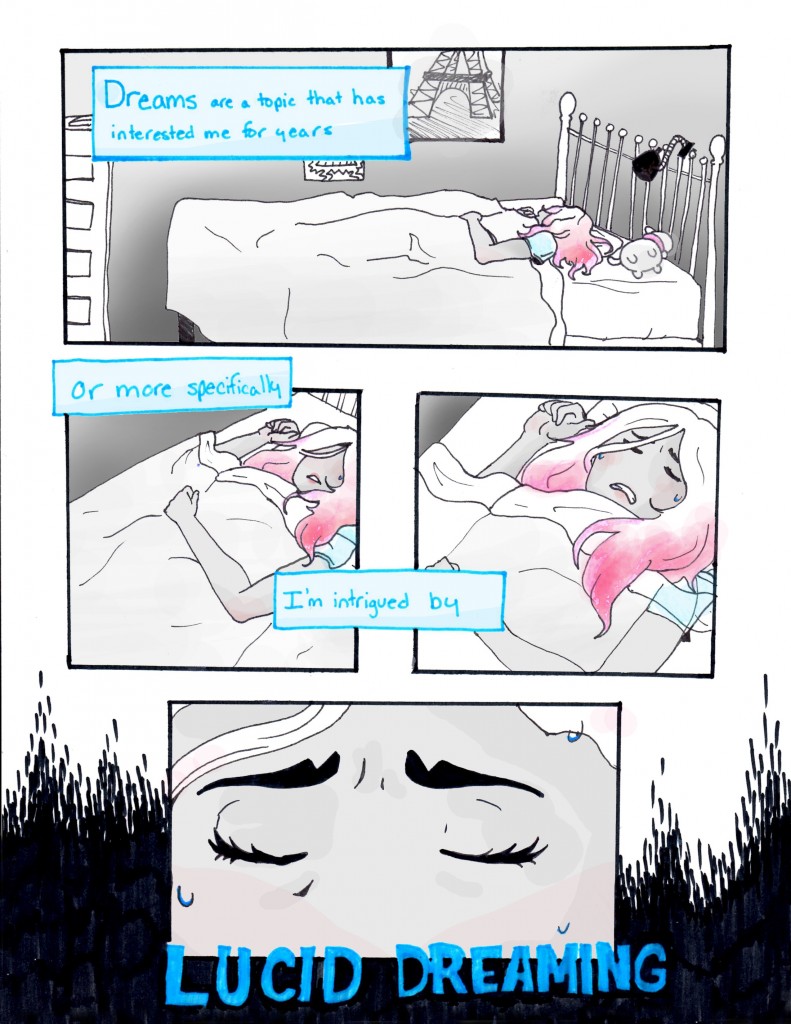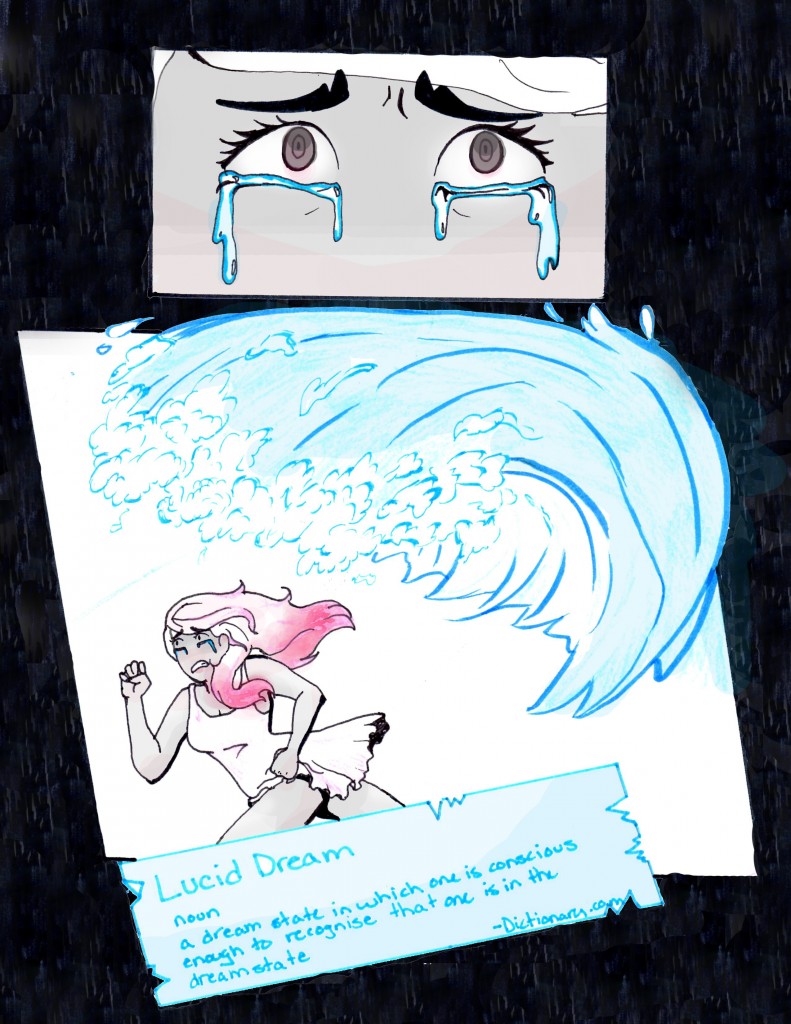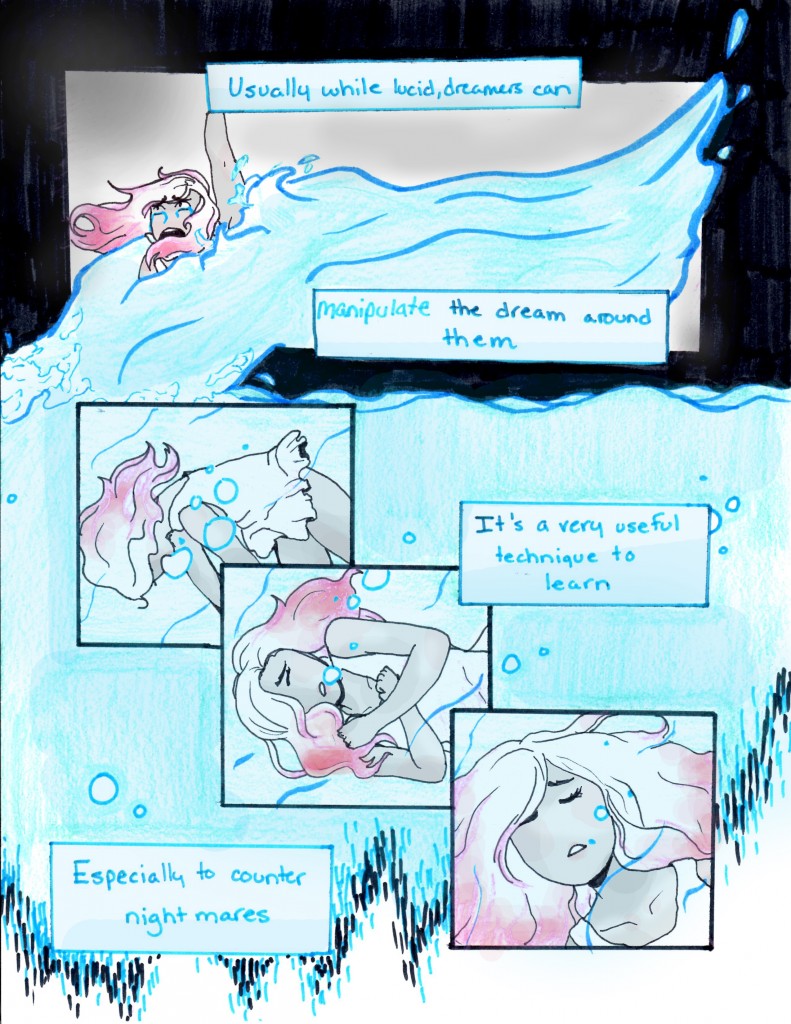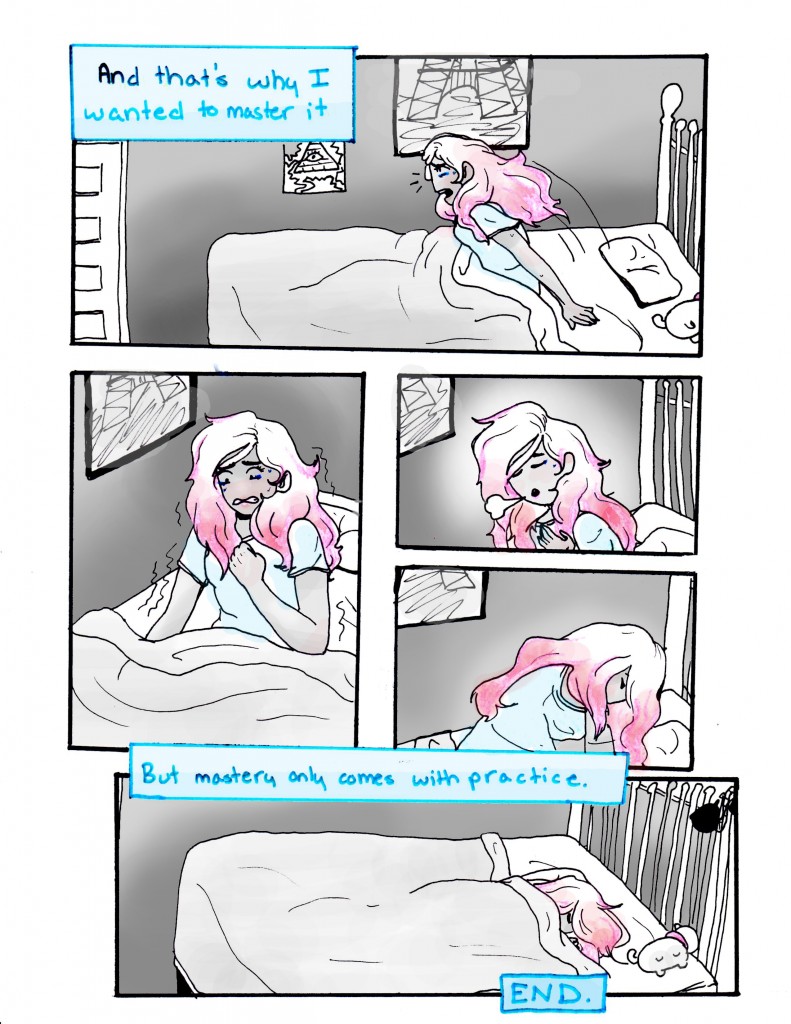Cold Mountain
This is a completely honest zone here on my blog, so with that being said I have to admit that I did not enjoy
-
Cold Mountain
nearly as much as I did
- Mudbound
. I realized fairly early on that this book wasn’t quite clicking with me in the same way the last one had, and it had some trouble keeping me engaged and interested. I would find my mind wondering halfway down the page and have to reread it. I had to really force myself to get any work at all done which was the complete opposite of
- Mudbound
which I had to be forcible torn away from by my parents during vacation. I even tried one of my little tricks to get more interested in the book reading. My little trick only works with books that have already been made into a movie adaptation though. I like to watch the movies of books before reading them then read the actual book and then re-watch the movie. I like doing it this way because you can enjoy the movie as its own work without nitpicking every detail that doesn’t follow the book exactly or just wasn’t as good as you wanted it to be. Also, you can still have fun reading the book because, as we all know too well, movies don’t always stay completely true to the source material (sometimes they completely delete whole characters and mess up important events). Finally, you can then re-watch the movie just for the fun of ruining it with all the knowledge of the book. Unfortunately, not even this trick worked for me like it had in the past because even the movie seemed uninteresting to me. Twenty minutes in and I literally fell asleep. After that I really had to just suck it up and trudge through like some tiresome chore that needed to be done. It felt like ages before I finished this novel.
Let’s start the discussion with my first impression of
- Cold Mountain
. I started it not long after I finished
- Mudbound
(maybe a week or so after because I was waiting for Amazon to ship my copy to me… shout out to Amazon, I guess). When I did eventually get it and cracked it open to the first chapter, “the shadow of a crow”, I was introduced to Inman and his world. One of the very first things that I noticed about the way Charles Frazier wrote was how descriptive he could be. Every single thing that he mentioned you could clearly see in your mind’s eye. Sometimes you don’t even really need to know these details but there they were to slow you down. It also became apparent that he did something I’ve never seen before to show when characters were speaking. Frazier didn’t use quotations around dialogue at all in this book! If he wasn’t using “he said” or “she said” he would distinguish the spoken words with a “-” and separate the lines of different speakers like you normally would if you were using quotations. I don’t really understand why he choose this way of doing it rather than just give us readers a break and use quotation marks. If someone has even the slightest clue as to why he choose to do it this way please leave a comment below for me. It’s become one of those things that I just can’t stop thinking about.
It was looking back writing this that I also made the connection between Inman’s book, Bartram’s Travels, is that both that book (which I later learned is an actual book written around 1770’s) and Cold Mountain aren’t exactly linear. Inman didn’t have to read Bartram’s Travels in order because “it was not a book that required following from front to back.” I think the author felt like a story doesn’t necessarily need to be told from the exact beginning. Why do this when flashbacks, right? Events you read in Cold Mountain sometimes skips around a lot and don’t go from point A to point B to point C. Sometimes it opens at point B then a flashback to point A and before you realize it its point C. That’s just a little thing I thought may be a connection.



